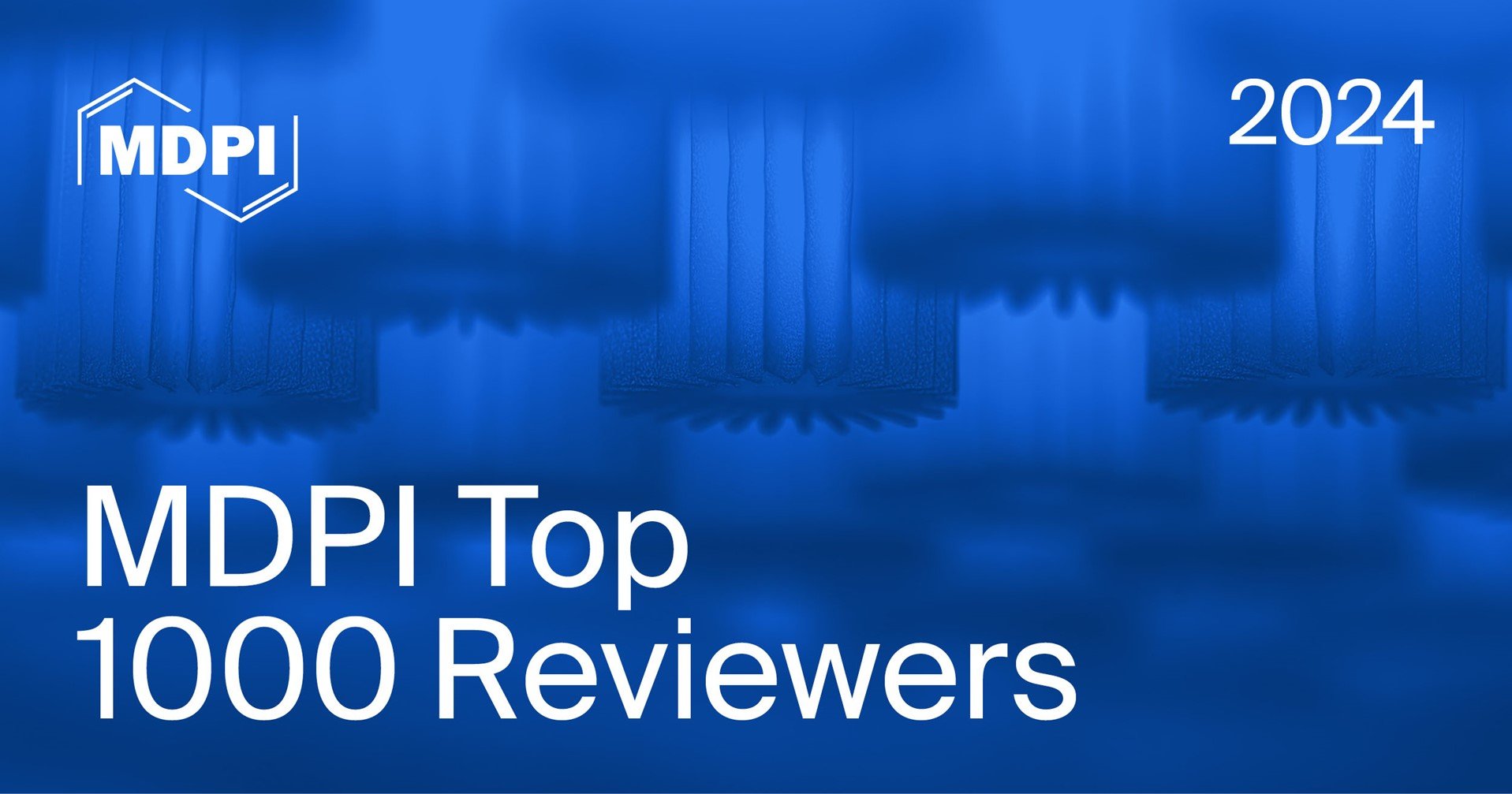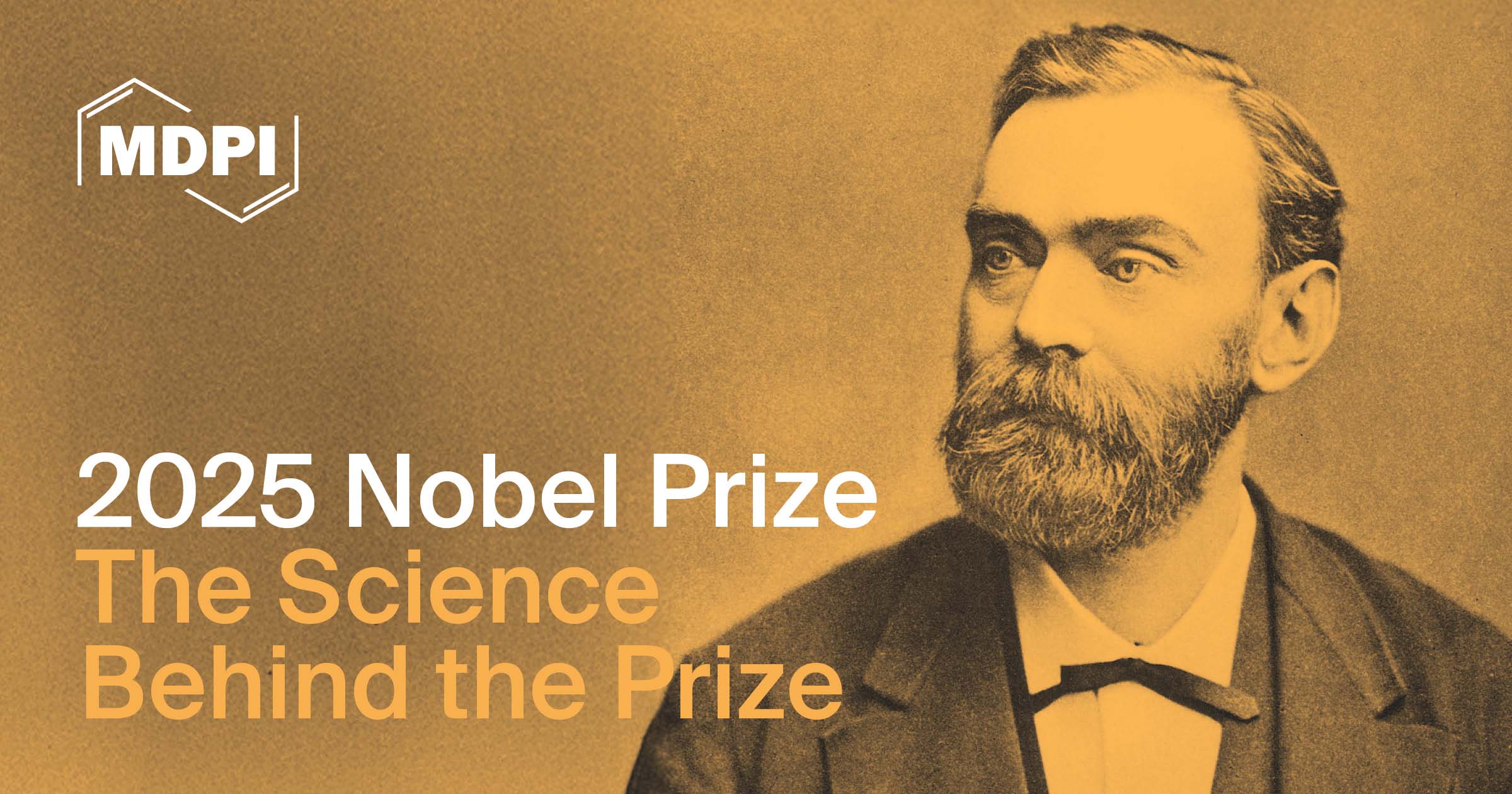-
 Dyes in History and Archaeology 42: Reflections on the Conference and Its Collection of Articles
Dyes in History and Archaeology 42: Reflections on the Conference and Its Collection of Articles -
 Derelict Rural Heritage: The Case of the Castles in the Lower Mureș Valley, Romania
Derelict Rural Heritage: The Case of the Castles in the Lower Mureș Valley, Romania -
 To What Extent Are the Type Localities of Minerals Part of Geological Heritage? A Global Review and the Case of Spain as an Example
To What Extent Are the Type Localities of Minerals Part of Geological Heritage? A Global Review and the Case of Spain as an Example
Journal Description
Heritage
- Open Access— free for readers, with article processing charges (APC) paid by authors or their institutions.
- High Visibility: indexed within Scopus, ESCI (Web of Science), CAPlus / SciFinder, and other databases.
- Journal Rank: JCR - Q2 (Multidisciplinary Sciences) / CiteScore - Q1 (Archeology (Arts and Humanities))
- Rapid Publication: manuscripts are peer-reviewed and a first decision is provided to authors approximately 18.6 days after submission; acceptance to publication is undertaken in 3.6 days (median values for papers published in this journal in the first half of 2025).
- Recognition of Reviewers: reviewers who provide timely, thorough peer-review reports receive vouchers entitling them to a discount on the APC of their next publication in any MDPI journal, in appreciation of the work done.
Latest Articles
E-Mail Alert
News
Topics
Deadline: 1 December 2025
Deadline: 31 December 2025
Deadline: 28 February 2026
Deadline: 31 March 2026
Conferences
Special Issues
Deadline: 15 October 2025
Deadline: 21 October 2025
Deadline: 31 October 2025
Deadline: 31 October 2025
























